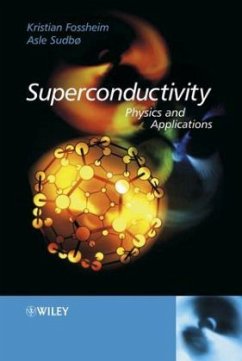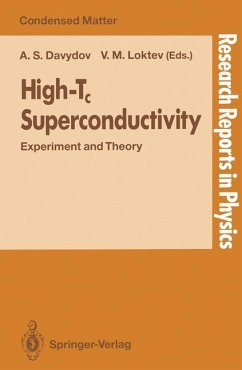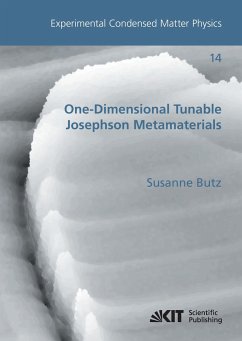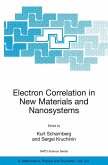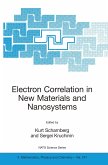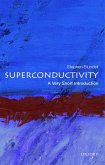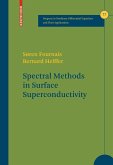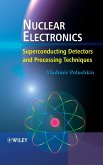Superconductivity: Physics and Applications brings together major developments that have occurred within the field over the past twenty years. Taking a truly modern approach to the subject the authors provide an interesting and accessible introduction.
Brings a fresh approach to the physics of superconductivity based both on the well established and convergent picture for most low-Tc superconductors, provided by the BCS theory at the microscopic level, and London and Ginzburg-Landau theories at the phenomenological level, as well as on experiences gathered in high-Tc research in recent years.
_ Includes end of chapter problems and numerous relevant examples
_ Features brief interviews with key researchers in the field
_ A prominent feature of the book is the use of SI units throughout, in contrast to many of the current textbooks on the subject which tend to use cgs units and are considered to be outdated
Brings a fresh approach to the physics of superconductivity based both on the well established and convergent picture for most low-Tc superconductors, provided by the BCS theory at the microscopic level, and London and Ginzburg-Landau theories at the phenomenological level, as well as on experiences gathered in high-Tc research in recent years.
_ Includes end of chapter problems and numerous relevant examples
_ Features brief interviews with key researchers in the field
_ A prominent feature of the book is the use of SI units throughout, in contrast to many of the current textbooks on the subject which tend to use cgs units and are considered to be outdated

